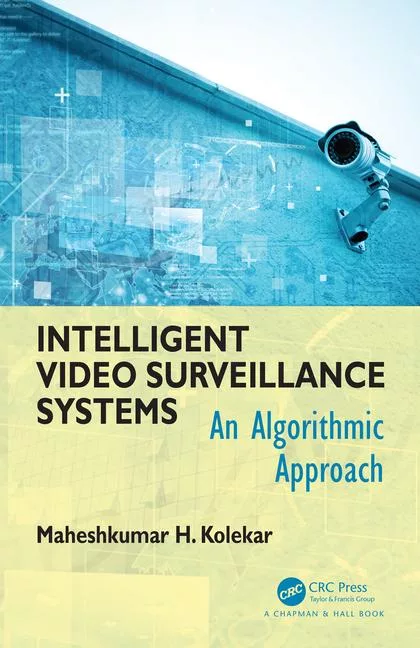Intelligent Resilience
It is important to understand where DHS fits in your security plan and how its vision and actions will benefit your organization. The recent Department of Homeland Security University Network Summit united more than 1,200 people from DHS, academia and the commercial sector to focus on using innovative science and technology solutions to improve resilience across the United States.
Representatives from the DHS Centers of Excellence and DHS’ six divisions presented and discussed an exciting array of new programs focusing on a comprehensive approach to preparedness for threats; from farm animals to terror and natural disasters.
Representatives from the DHS Centers of Excellence and DHS’ six divisions presented and discussed an exciting array of new programs focusing on a comprehensive approach to preparedness for threats; from farm animals to terror and natural disasters.
As Dr. Tara O’Toole, Under Secretary, Science and Technology, noted in her opening remarks, “While there is much discussion of cyber threats in the news right now, we have faced two earthquakes, a tsunami warning, tornadoes and flooding this month.” DHS Science and Technology is heavily invested in prevention as its core mission shows:
1. Prevention of terrorism
2. Protection/prevention of our borders
3. Management and prevention of illegal immigration
4. Prevention of cyber crime and cyber terror
5. Resilience and response to events and disasters
6. Strengthen the homeland security enterprise
DHS’ Vision Statement: “for a homeland that is safe, secure and resilient against terrorism and other hazards where America’s interests and aspirations and way of life can thrive” drives activities to reach the goal of a resilient country in every aspect. Intelligent resilience is the application of innovative technologies to create solutions that protect critical infrastructure and prevent events.
1. Prevention of terrorism
2. Protection/prevention of our borders
3. Management and prevention of illegal immigration
4. Prevention of cyber crime and cyber terror
5. Resilience and response to events and disasters
6. Strengthen the homeland security enterprise
DHS’ Vision Statement: “for a homeland that is safe, secure and resilient against terrorism and other hazards where America’s interests and aspirations and way of life can thrive” drives activities to reach the goal of a resilient country in every aspect. Intelligent resilience is the application of innovative technologies to create solutions that protect critical infrastructure and prevent events.
Keys to this program are two major investments that are exciting and showing results. First are the university-based DHS Centers of Excellence (CoE). There are 16 CoE’s, three of which are internationally-based. The other 13 are located within leading universities such as USC, MSU, Texas A&M, John Hopkins, UNC, Purdue, Rutgers, the University of Maryland and more.
How were these created? The Homeland Security Act of 2002, which, according to the DHS web site, granted DHS the authority to create the CoEs. The Centers are authorized by Congress and chosen by the DHS Science & Technology Directorate (S&T) through a competitive selection process.
The COEs bring together leading experts and researchers to conduct multidisciplinary research and education for homeland security solutions. Each Center is led by a University in collaboration with partners from other institutions, agencies, laboratories, think tanks and the private sector.
Second are the student programs and presentations by selected students who have created preventative solutions to identified risks and threats. Examples include the work of Hana Naghawi, a doctoral candidate at LSU, who modeled and simulated the use of existing mass transit in New Orleans to successfully evacuate elderly, disabled and those without transportation. It was primarily the poor (without transportation or money) and the infirm (who didn’t have an evacuation plan) that were left behind during Hurricane Katrina.
The result of her work shows that evacuation and travel times in the city could be reduced by up to 56 percent. She identified that using a mass transit plan and arterial routes would have reduced evacuation time by two percent during Hurricane Katrina versus using the Interstate, which typically was assumed to be the fastest and most effective evacuation route, but was never tested.
The student abstracts and their displays at the Summit was an exciting lens into the future of our market. It included new products and services that will be made commercially available in the not too distant future that will help private enterprises or public/private programs better identify and prevent threats.
The program goes well beyond academic theory. At the University of Hawaii, “Audio Arrays” are being utilized underwater to protect ports. Collecting and processing massive amounts of data and applying complex algorithms, the technology identifies anomalies and alerts security officers to the threat. This working solution is already being readied for commercialization.
Within the 18 critical infrastructure, the focus on intelligent resilience aims to reduce the magnitude and duration of disruptive events. Ultimately, the goal is to prevent them completely. There are many challenges in this game, as technology is changing and moving so rapidly that our process and counter processes have to continually move fast to stay ahead.
The Science and Technology program within DHS is dynamic, fluid, well organized and showing positive results. Nothing happens overnight, especially in Government, but the partnerships with Universities and the engagement of students who may become tomorrow’s CSOs is encouraging and exciting.
Check out http://www.dhs.gov/xabout/structure/editorial_0530.shtm to learn more.
Looking for a reprint of this article?
From high-res PDFs to custom plaques, order your copy today!






